Solan has many treasures crammed into the compact territory- superb food, thrilling yet lonely landscapes, luscious wildlife and down to earth people. One of the most offbeat destinations of Himachal Pradesh, Solan is hidden is the lap of nature. There is something about Solan; it is as pretty as a picture!. Solan is a land with a rich and multilayered history. This is the place where every nook and corner are steeped in the past. Legends say that the place was once inhabited by the Pandavas. There is a cave on the top of the Karol peak in Solan; it is believed that the Pandavas resided here during their exile. Dagshai, one of the oldest cantonment towns in Solan, is the place where the Irish mutiny of 1920 took place against the British Army.
Known as the "Mushroom Capital of India," the place produces mushrooms in bulk and it even houses the Directorate of Mushroom Research (DMR. Solan is crowned the "City of Red Gold" because the town produces tomatoes in large numbers as well. In the early 19th century, Solan was the contaminant center of Britain. Decades after they left, their endowment still marks Solan's stylish properties. The chapel in the contaminant area is a heritage building of Solan. Inside the church, one can see beautiful woods and stone carvings. Solan is also famous for a religious place called Shoolini Mata Temple; it is believed that the name of the town is derived from the forename of Goddess Shoolini Mata, the main deity of the temple.
















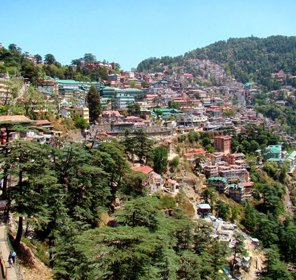



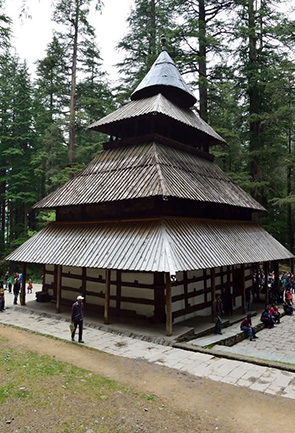




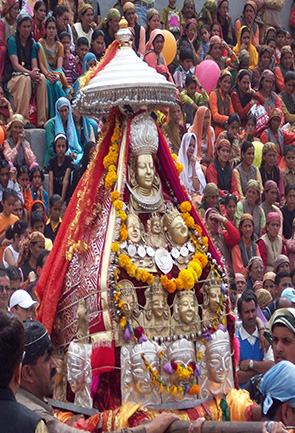
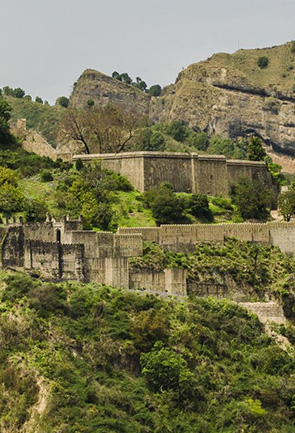
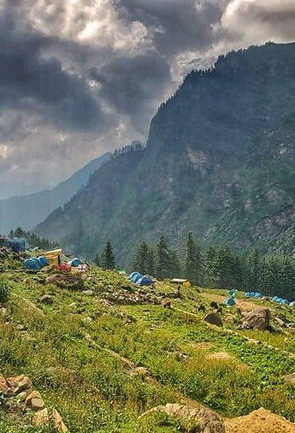

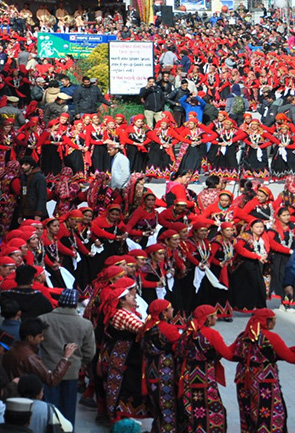
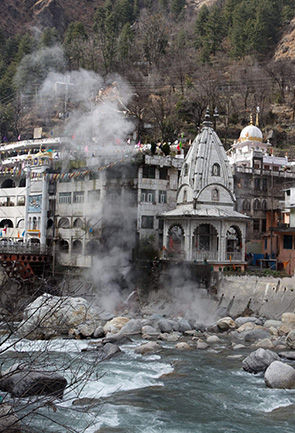
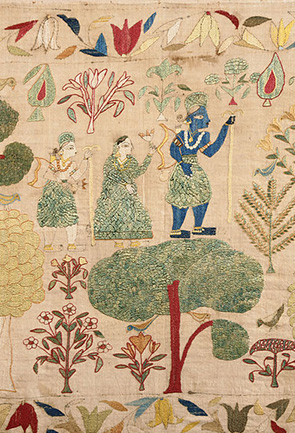
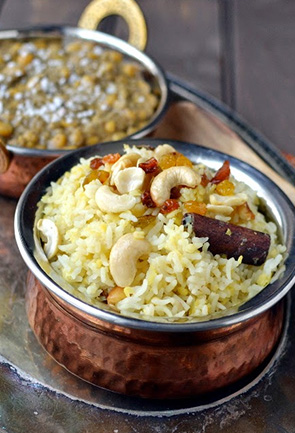

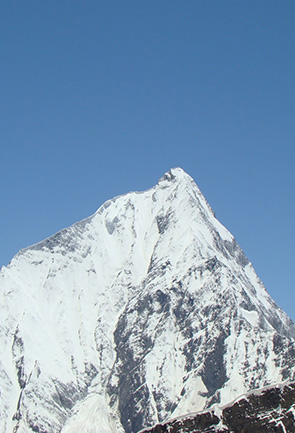


 Plan Trip
Plan Trip Call Us
Call Us Packages
Packages Home
Home